Surrealist Meret Oppenheim in 5 Artworks
Exploring five works by female Surrealist Meret Oppenheim
Candy Bedworth 26 September 2024
Zdzisław Beksiński, a visionary Polish artist, blazed an unconventional path in the world of art, leaving an indelible mark through his distinctive style and exploration of surreal dystopian themes. Discover Beksiński’s art in 10 paintings.
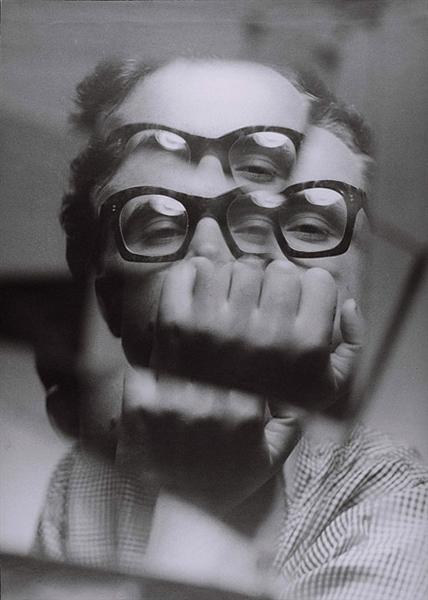
Zdzisław Beksiński, Untitled, 1957, The Historical Museum in Sanok, Sanok, Poland.
Zdzisław Beksiński, born on February 24, 1929, in Sanok, Poland, lived a life shaped by the tumultuous events of World War II. Initially aspiring to be a film director, Beksiński yielded to the family tradition and pursued studies in Architecture & Engineering at the Kraków Polytechnic, graduating in 1952 with an MSc. In 1951, Beksiński married Zofia Helena Stankiewicz, his lifelong companion and muse. They had one son, Tomasz, born in 1959.
Despite the absence of formal art training, Beksiński discovered his true passion in the arts, dedicating his free time to exploring montage drawing, photography, and sculpture.
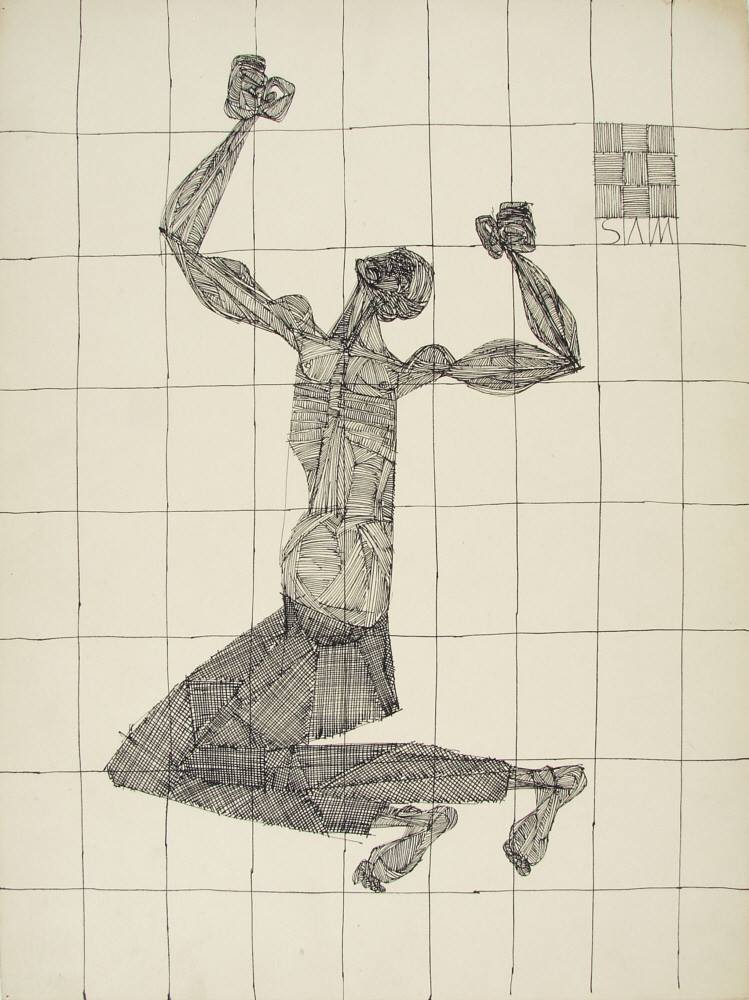
Zdzisław Beksiński in 10 Paintings: Zdzisław Beksiński, Alone (Sam), 1955, The Historical Museum in Sanok, Sanok, Poland.
Around 1954, Beksiński’s artistic trajectory underwent a transformative shift as he immersed himself in the expressive realm of large Bristol paper sheets, influenced by the traumas of war and Stalinist repression. During this period, Beksiński delved into Expressionist art, depicting tortured figures, prison cells, and the stark symbolism of concentration camps. In this expressive phase, he also ventured into formal experimentation, exploring both the deformation characteristic of Expressionism and simple geometric shapes reminiscent of Pablo Picasso‘s pioneering work.

Zdzisław Beksiński in 10 Paintings: Zdzisław Beksiński, Untitled, 1956, The Historical Museum in Sanok, Sanok, Poland.
Beksiński’s photography, as an avant-garde artist, spanned from sophisticated poses to spontaneous snapshots. The images also revealed his admiration for his wife’s beauty. This trend ran parallel to his experimental pursuits, occasionally shifting into ordinary family photos with no emphasis on special effects and, at other times, incorporating structural composition.
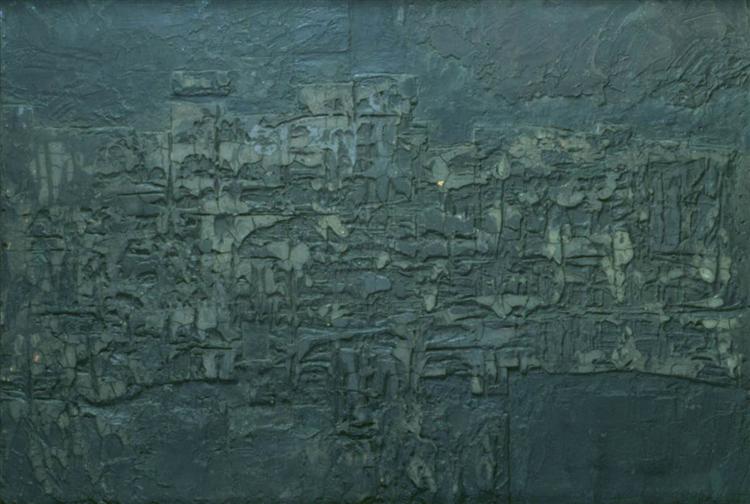
Zdzisław Beksiński in 10 Paintings: Zdzisław Beksiński, Untitled, 1958, The Historical Museum in Sanok, Sanok, Poland.
In the early stages of his artistic career, Zdzisław Beksiński exhibited a resourceful and hands-on approach to his craft by frequently repurposing construction site materials in his sculptures. Simultaneously, he delved into exploring the malleability of bas-reliefs and the intriguing self-destructive process associated with the passage of time. Much like nature undergoes transformations, Beksiński believed that art could similarly evolve, revealing new forms through the gradual deterioration of its upper layers.
Beksiński’s bas-reliefs, though devoid of specific meanings for the artist himself, often evoke instant visions for observers. Some may envision the remnants of an ancient civilization scattered across a distant planet, suggesting a fascinating interplay between the artist’s intention and the viewer’s interpretation. In this dynamic exchange, Beksiński’s early works emerge as both a testament to his experimental spirit and an invitation for audiences to embark on imaginative journeys of their own.
The turning point in Beksiński’s career occurred in 1964 when an exhibition of his works, organized by Janusz Bogucki in Warsaw, became his first major success. Fueled by a passion for painting and accompanied by classical music, he emerged as a leading figure in contemporary Polish art. His “fantastic period” from the late 1960s to the mid-1980s marked the creation of disturbing and surreal images, portraying gloomy environments filled with skeletons, deformed figures, and desolate landscapes.
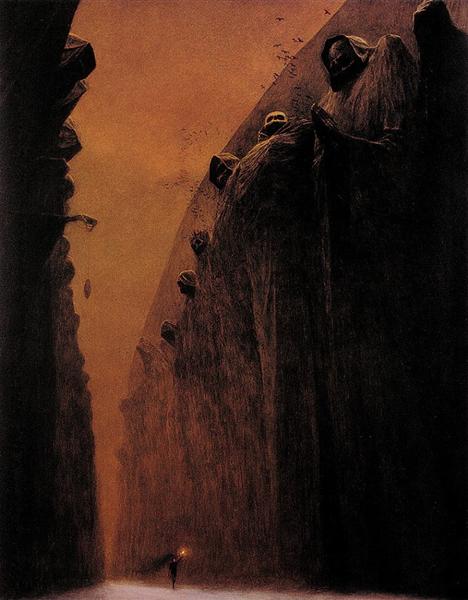
Zdzisław Beksiński in 10 Paintings: Zdzisław Beksiński, Untitled, 1972, The Historical Museum in Sanok, Sanok, Poland.
The greatness of his paintings lies in their ability to convey anxiety, fear, horror, terror, and the entire spectrum of negative emotions that have, do, and will always belong to humanity. We are left alone to navigate the abyss of our darkness. This places his paintings outside of time, granting him a form of immortality.
These paintings evoke the worst nightmares imaginable. Beksiński’s ability to delve deeply into the shadows of his soul has left us with a powerful, dramatic, and imaginative collection of “photos” capturing the inner shadows of a human being. This collection belongs to all humankind, resonating as something we all somehow feel is our own.
Crumbling buildings, dusty, hot atmospheres, and freezing bluish tones are all elements of a world dissolving before our eyes. Beksiński’s work is often referred to as dystopian, mirroring the many distorted realities found in the best science fiction literature. It remains highly relevant today, considering global wars, climate change, economic crises, migrations, and the condition of human beings.
In his life, Zdzisław Beksiński faced not only his health challenges, including obsessive-compulsive disorder (OCD), but also endured the profound trauma of his wife’s aortic aneurysm diagnosis in November 1995, leading to her death in September 1998. These years were marked by pervasive anxiety for the artist, who deeply loved his wife.
The devastating blow continued with the suicide of his beloved son Tomasz on Christmas Eve of 1999, creating an unfillable void in Beksiński’s life. Now left to navigate the world alone, the artist grappled with the immense losses that shaped his later years.
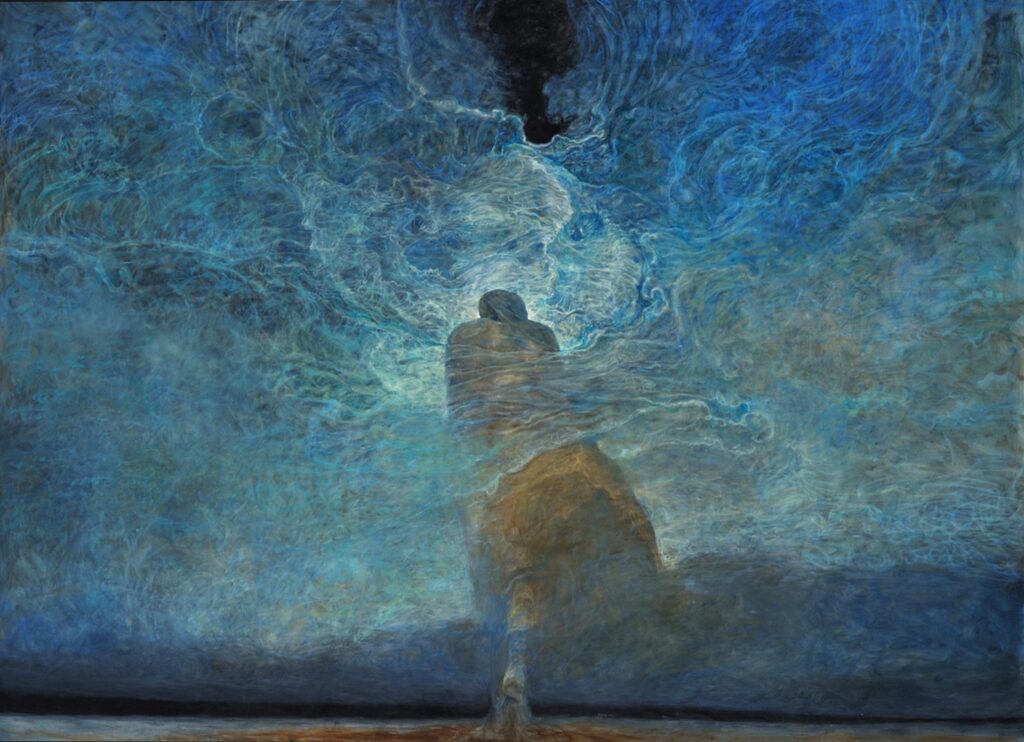
Zdzisław Beksiński in 10 Paintings: Zdzisław Beksiński, Untitled, 2004, The Historical Museum in Sanok, Sanok, Poland.
I think therefore I am not. I do not exist. I am a product of thought. It’s not thought that is generated in me. It’s thought that creates me and gives rise to the illusion of existence…
Wiesław Banach, Zdzisław Beksiński 1929-2005, BOSZ Publishing House, 2021.
In the later part of his life, Beksiński embraced technology, turning his attention to computers, the Internet, digital photography, and photo manipulation. This marked a significant departure from traditional mediums, yet he seamlessly incorporated the digital realm into his artistic repertoire. Despite this evolution, Beksiński’s digital works retained the haunting and surreal qualities that defined his earlier pieces.
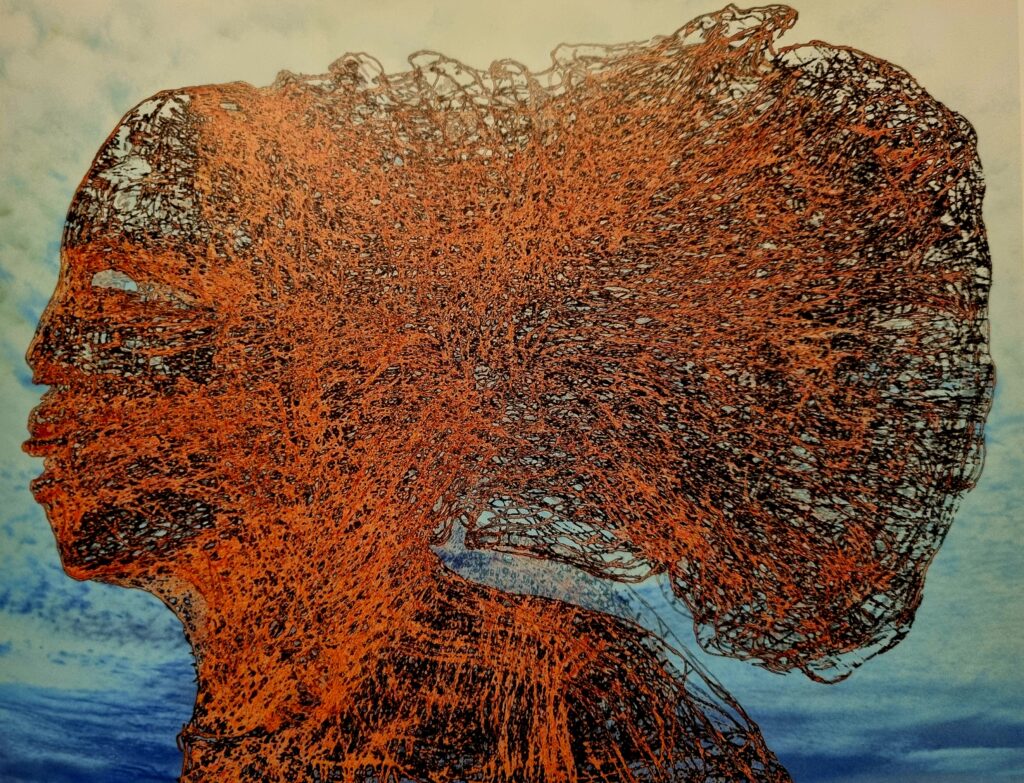
Zdzisław Beksiński in 10 Paintings: Zdzisław Beksiński, Untitled, after 2000, The Historical Museum in Sanok, Sanok, Poland.
Wiesław Banach, Zdzisław Beksiński 1929-2005, BOSZ Publishing House, 2021.
DailyArt Magazine needs your support. Every contribution, however big or small, is very valuable for our future. Thanks to it, we will be able to sustain and grow the Magazine. Thank you for your help!